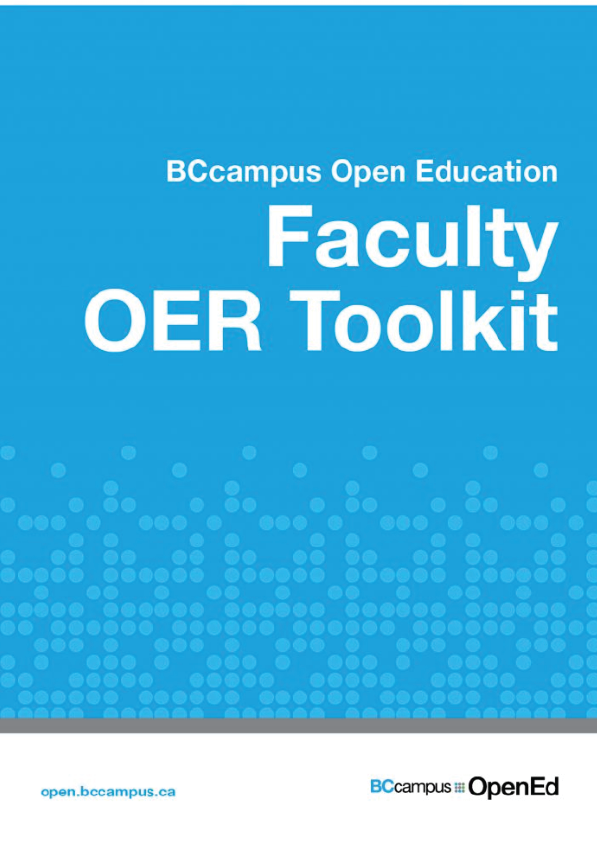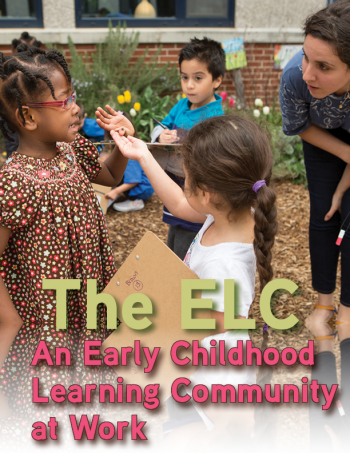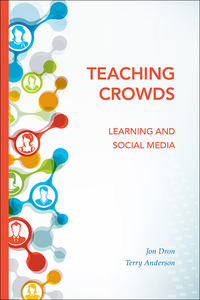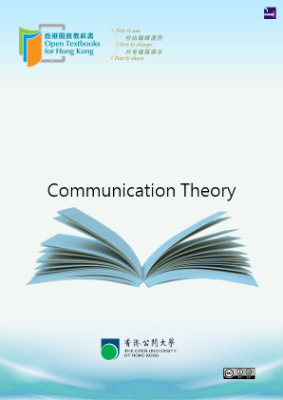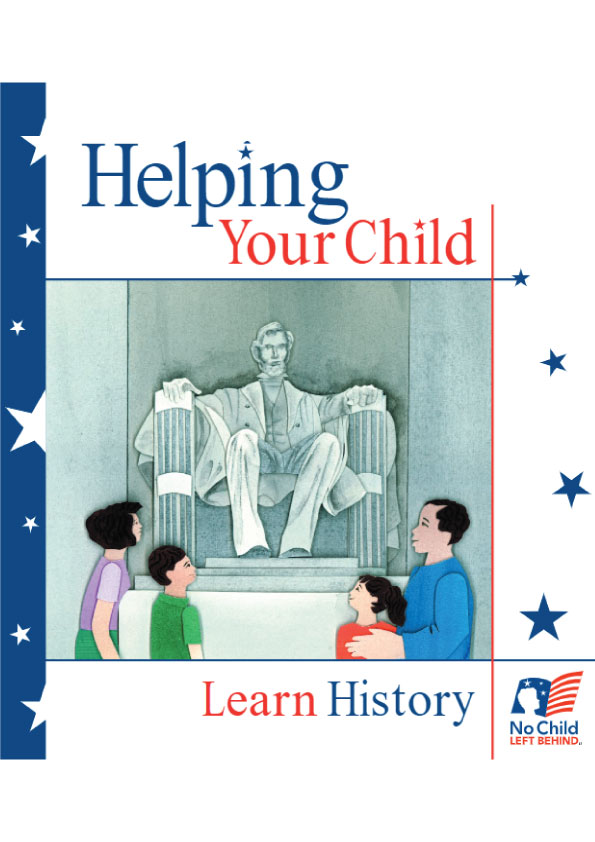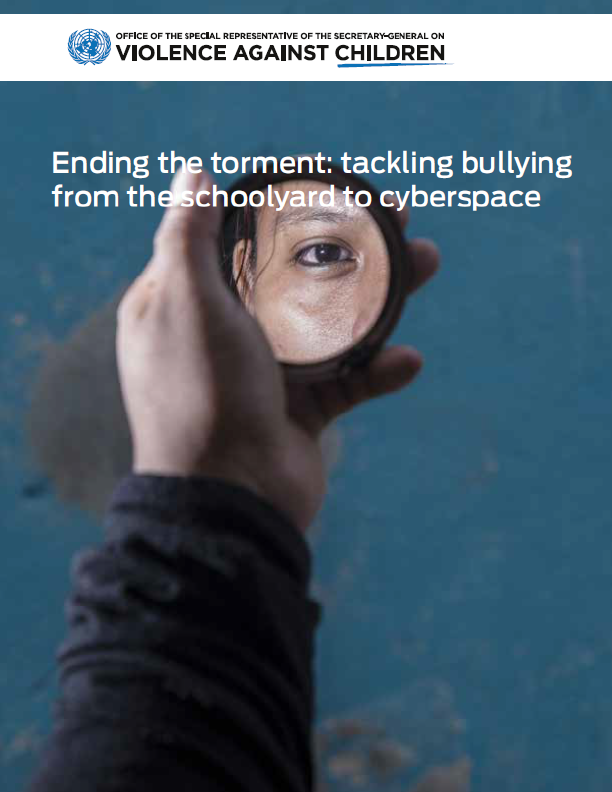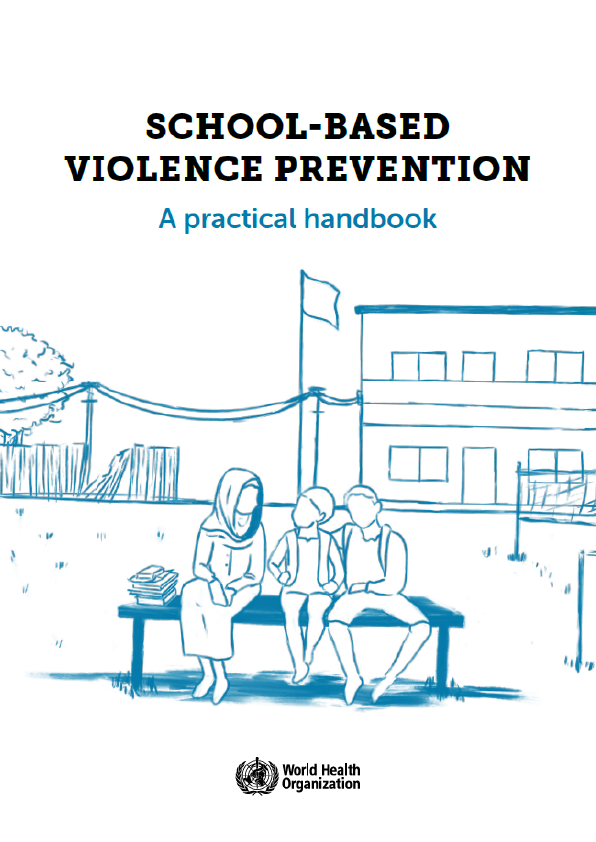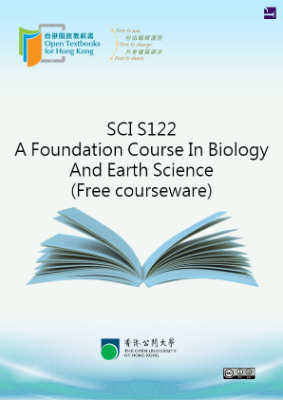OER definition
Definition
The term OER (Open Educational Resources) was first defined by UNESCO in 2002 as “any type of educational materials that are in the public domain or introduced with an open license” and can “range from textbooks to curricula, syllabi, lecture notes, assignments, tests, projects, audio, video and animation.”
Creative Commons created the table below to compare different definitions of OER from various sources.
Although many people think of OER and Open Education as generally referring to online-only material and courses, this is not the case. Many open textbooks, for example, are also available in hard copy, or can be printed if a user prefers.
The 5 Rs of Openness
As seen in the table above, OER differ from traditional educational resources in their licensing and permissions. Namely, the “open” aspect of OER can be defined by David Wiley’s 5R Framework.
Retain
the right to make, own, and control copies of the content
Reuse
the right to use the content in a wide range of ways (e.g., in a class, in a study group, on a website, in a video)
Revise
the right to adapt, adjust, modify, or alter the content itself (e.g., translate the content into another language) Remix the right to combine the original or revised content with other open content to create something new (e.g., incorporate the content into a mashup)
Redistribute
the right to share copies of the original content, your revisions, or your remixes with others (e.g., give a copy of the content to a friend)
Types of OER (and where to find them)
There are a multitude of OER out there to choose from, including textbooks, courses, multimedia, data, and supplementary materials. These can be found by searching regular search engines (like Google) by using certain keywords but it is much easier to find them through dedicated OER repositories or websites. The examples below are just a sampling of such repositories and websites.
Why adaptation or adoption?
Many educators feel driven to create the “perfect” resources for their classes and it can be difficult put aside that perfection and use other people’s creations. However, the number, variety, and quality of OER available freely is such that any educator should be able to find resources they can readily (with or without adaptations) put to use within their classrooms. And adaptation or adoption of OER will almost always be more efficient than creating teaching materials from scratch.
Adaptation
The term “adaptation” is commonly used to describe the process of making changes to an existing work. Though we can also replace “adapt” with revise, modify, alter, customize, or other synonym that describes the act of making a change. The example below refers to adapting an open textbook but any OER (assignments, videos, lecture notes, diagrams, etc) can be adapted.
In addition to cost savings to students, one of the biggest advantages of choosing an open textbook is it gives faculty the legal right to add to, adapt, or delete the content of the textbook to fit their specific course without obtaining permission from the copyright holder. This is possible because the copyright holder has already granted permission by releasing their work using an open — or Creative Commons — license. This type of license gives users permission to use and reuse, share, copy, retain and modify the textbook without consulting the author.
Below are some examples of how an open textbook can be adapted by adding in your own Learning Objectives, Exercises, and Key Takeaways.
